Introduction
The topic of stretching can be confusing.
There are many varying opinions about stretching. In fitness magazines, on the internet, among personal trainers, and among people promoting different kinds of stretching programs. There is just so much information out there.
The question becomes, “how can I apply this information to my goals, and my situation?”
In this article, I will go through some common questions that you can ask yourself before deciding what to stretch, how to stretch and if you should be stretching at all.
This is part of the thought process that our personal trainers at Genesis Gym Singapore go through when customizing stretching programs for clients.
Question #1 – “Am I stretching or warming up?”
There is a subtle difference here. Stretching can be part of a warm-up. But a warm-up need not necessarily include stretching.
Stretching can have one of the following goals –
- To aid stress management and relaxation, especially with deep, relaxing, belly breathing
- To increase the flexibility of your soft tissue
- To increase blood supply to aid recovery from injury or exercise
- To temporarily reduce discomfort from postural problems
- To maintain flexibility for pain free living as we age
If you want to achieve some of those goals, then you should add some stretching to your healthy lifestyle program.
Warming up has only one goal – to prepare you as much as possible for an upcoming activity
If you are not able to move well because of a lack of flexibility, then stretching is a good choice.
If you are not able to perform a full range of movement for an exercise like squats or pull-ups, then stretching is a good idea. You will get more benefits from the exercise after stretching. You will also lower your injury risk.
But if you are already flexible enough for your activity, then extra stretching is not necessary and may actually make you weaker.
The research on this topic demonstrates that long, static stretching of 30 seconds or more can reduce maximum strength temporarily. By about 8 percent.
In real world application, injury prevention is more important than maximum strength for most people. After all, if you get injured and can’t exercise for a few weeks, it will be far worse for your strength than any amount of stretching.
That is why the customized personal training programmes of most Genesis gym clients will err on the side of extra stretching. To make sure they can do exercise with minimal risk.
Question #2 – “Is stretching going to help me, or is it just wasting time?”
Stretching is healthy and has many benefits. But it can be “over-sold” by people who tell you that stretching has certain benefits when it really does not. If you have the following issues, you will find that stretching doesn’t help much, if at all. You need to look for other help using the solutions suggested in each section.
Dehydration
Dehydrated tissue is inflexible tissue. Make sure you are drinking enough water to have colorless urination at least 4-5 times per day as a sign of good hydration.
Trigger Points
These are parts of your muscles that are “knotted up” with lumpy, tender spots called trigger points. These areas need massage or dry-needling with acupuncture needles. Stretching areas with active trigger points may make them worse.
Imagine trying to stretch a rubber band with a knot in it. You are likely to damage the area around the knot.

Scar tissue from injury/excess strain & restrictions in fascia
Injuries that are not well-managed can cause tissue to heal in the wrong “directions”. Like a spider web instead on in nice parallel lines.
Fascia is the network of tissue that connects everything in our bodies together, to transmit mechanical forces. It can be “messed up” by injury, poor posture and overuse.
These are mechanical restrictions that respond only a little to stretching. They respond much more to soft tissue treatments like “Active Release Technique” and other similar deep tissue treatments.
Too much nerve signalling
If you muscles are too “tight” due to too much signalling from your nervous system, they will almost never get loose. You can stretch them all you want, but if the brain keeps signalling the muscle to contract, the results from stretching will be minimal. The best solution for this problem is the “Trigenics” method which locally resets the way the muscles function.
Incorrect posture information
If you have bad posture, it means that your brain is constantly telling your body to be in a misaligned position even at “rest”. If you have a misaligned body, that means some muscles are chronically tight, and some are chronically long. If you notice that you have a lower shoulder, hip, or an odd spinal curvature, even when standing still. Then the best solution is Genesis Posture Therapy which can help you correct all these imbalances.
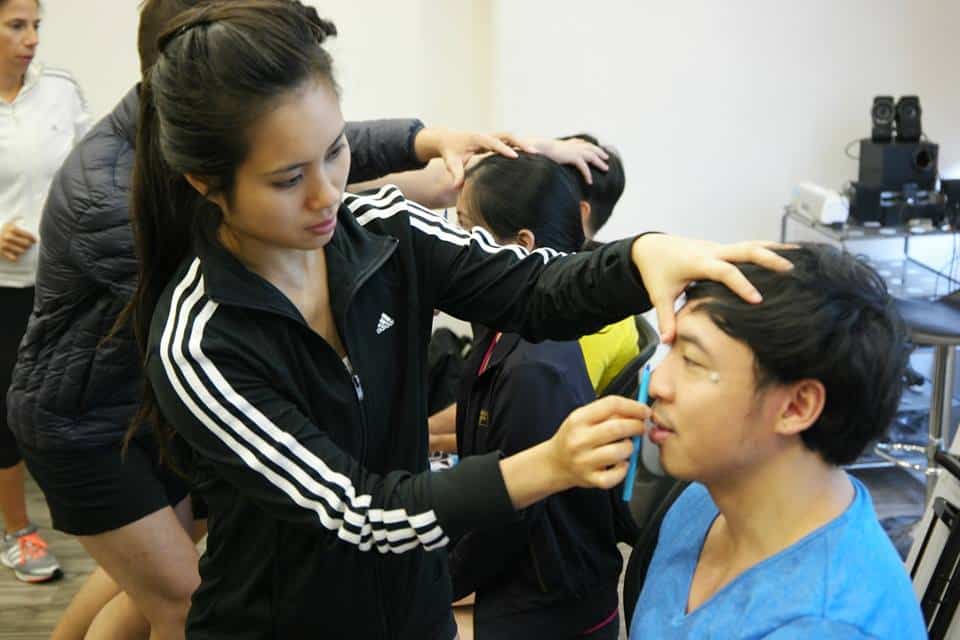
Question #3 – What is the best kind of stretching for my situation
If you have decided that stretching is going to benefit you, then you need to select a type of stretching that will benefit you the most. The varieties are endless but I will select three main types which you can choose from and explain the best time to use each one.
Basics
No matter what stretch you are doing, there are two tips to get the most out of the stretch.
First, don’t push into pain. If you push too hard, your muscles will spasm and tense up. Reducing the effectiveness of the stretch.
Second, breathe out gently as you go deeper into the stretch. This helps you relax and stretch further.
Type 1 – Static Stretching
This form of stretching is the one that most people are most used to. This involves putting your body into a stretch and holding it there for 30 seconds or more.
If you are going longer than 30 seconds, I suggest a non-maximal stretch. Because holding a maximum stretch for too long can deprive tissues of oxygen. This lack of oxygen actually decreases flexibility in the long term.
Static stretching is best used for relaxation and stress management. It’s excellent to do in the evening before bed. It has the best benefits for actually, long term, flexibility improvements.
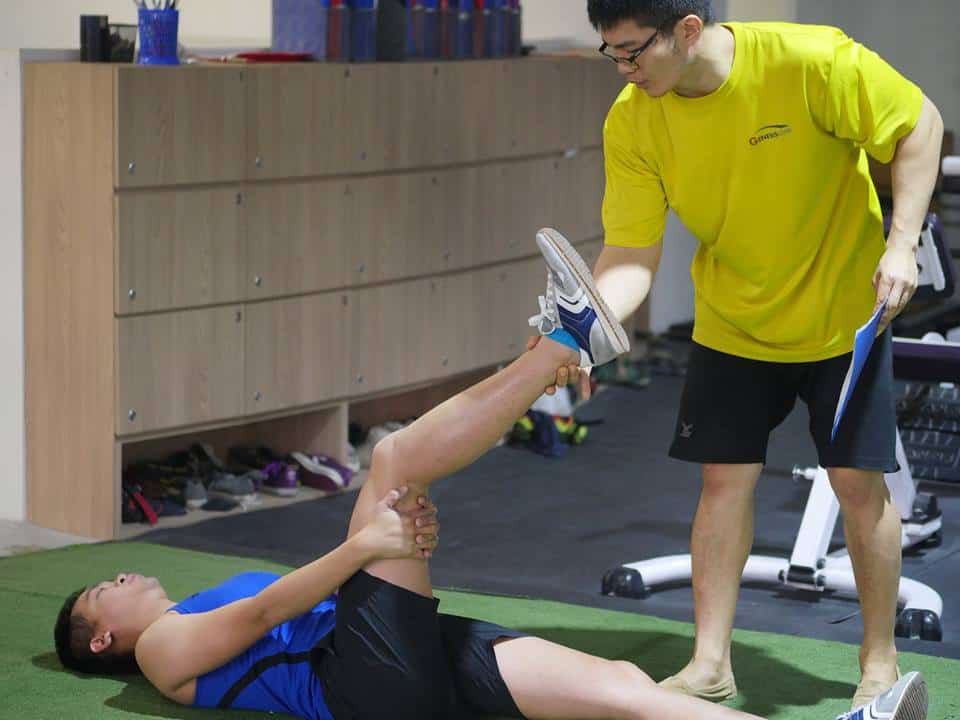
Type 2 – Dynamic Stretching
This type of stretching is done with movement. The leg swings, arm swings and lunges that you see athletes perform before a race are examples of dynamic stretching.
Dynamic stretching is good for warming up for sports because it conditions the brain and muscles to be ready for action. It does not reduce strength.
However the downside of dynamic stretching is that it does not contribute much to long term flexibility gains. You are only more flexible temporarily.
Type 3 – Wave Stretching
This kind of stretching is kind of a mix between static and dynamic stretching. In this method, you go into a light stretch. Breathe in while unwinding the stretch slightly. As you breathe out again, you go deeper into the stretch than before. Then repeat. Breathe in, unwind the stretch slightly, and then breathe out and go even deeper into the stretch. Do this until you cannot go further even with more breaths.
This kind of stretching can be used both for relaxation and for pre-exericse. The only difference is the speed of the breaths. For relaxation, they are slow breaths maybe 4 seconds in, and 10 seconds out. For pre-exercise they are faster, perhaps 1 second in, and 3 seconds out.
Sample stretching plans
Below are the two sets of stretches for the most common “tight areas” that we find in clients. The first area is the neck and shoulder area. The second is the hips and lower back. You can choose either static or wave stretching for each area. Remember to use the basic principles. Breathe out as you relax into the stretch and do not push into pain.
For tight neck and shoulders
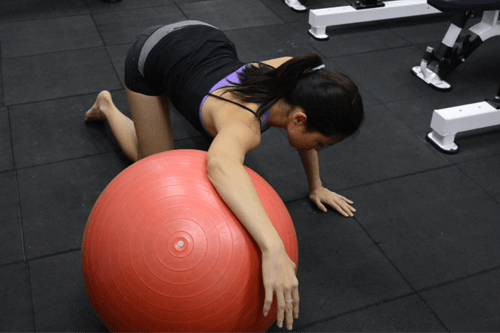
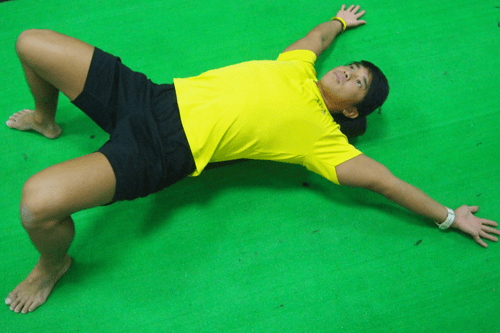
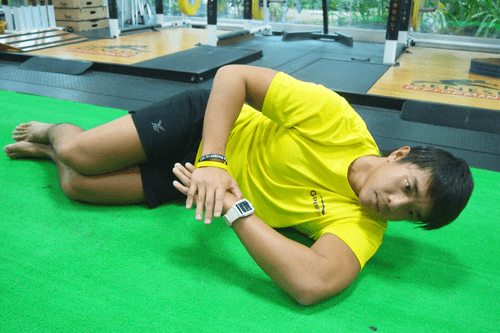
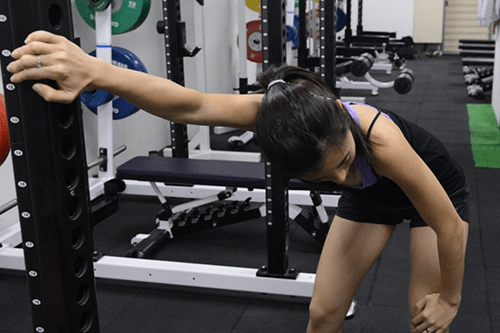
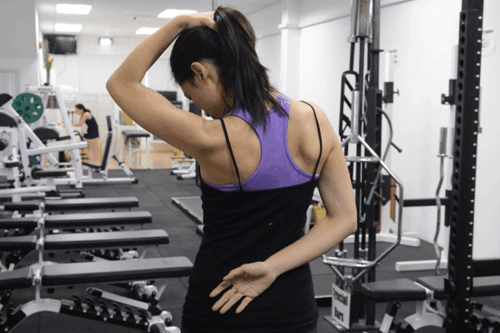
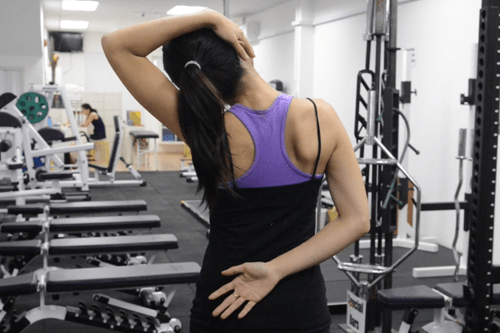
For tight hips and lower back
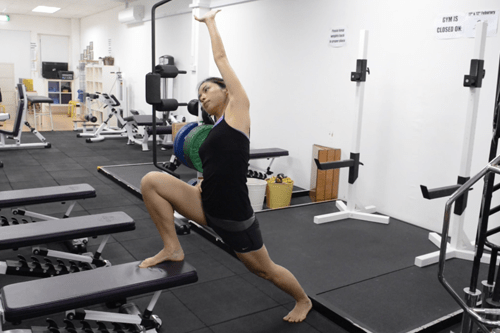
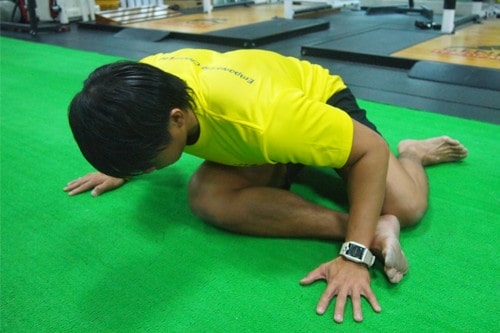
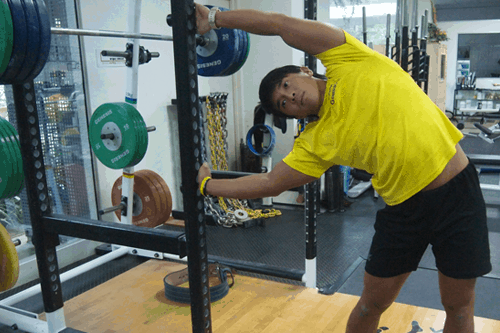
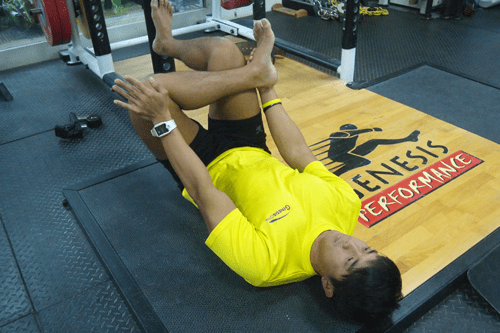
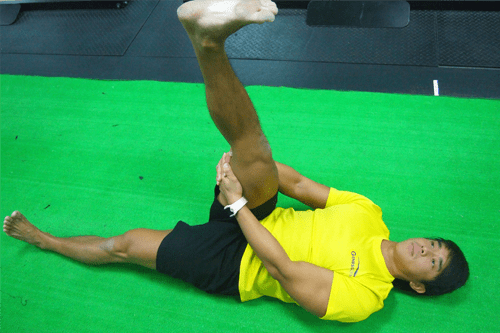
Perform each program in order twice per day and you should see noticeable flexibility improvements within 4-8 weeks.
Conclusion – Key Points
- Stretching is a good, healthy activity. Use non-maximum static stretching as you watch TV or read a book. You can hold these positions for anywhere from 30 seconds to 20 minutes! This aids long term flexibility and joint health.
- You do need to stretch before exercise if inflexibility causes you to have poor exercise form. For example, if your heels come off the floor when you squat down, stretching your ankles and calves can be helpful.
- If you have good flexibility, then pre-exercise stretching is less important. However you should still warm up with dynamic stretches and warm up sets (light weights with the same exercise).
- For sports your movement warm up should be sports specific. E.g. after static stretching tight parts do a dynamic warm-up. Then go and kick the soccer ball, swing the golf club, or do running drills depending on your sport.
- Some problems cannot be solved with stretching no matter what some programmes may say. These problems need specific solutions depending on their underlying cause. A well-trained therapist will be able to help you get back to full flexibility and strength much faster than any stretching program.
To keep things simple, here is a flowchart that can help you decide.
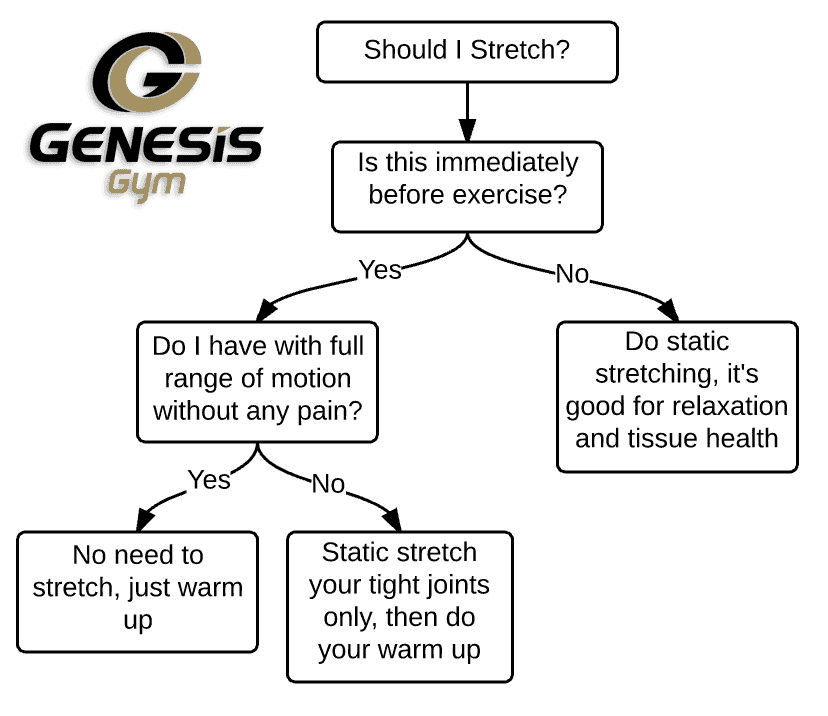
I hope this article helps you think about stretching in a more holistic way. If you want a deeper understanding of how to implement a stretching program for yourself, then we welcome you to join one of our personal training programs by clicking the button below.
The Genesis Gym personal trainers will design the ideal flexibility and fitness plan for you. And guide you to your fitness goals.
To you happiness, strength and flexibility,
Coach Jonathan Wong
Director,
Genesis Gym Singapore
-Smart Fitness, Total Health
